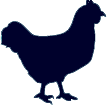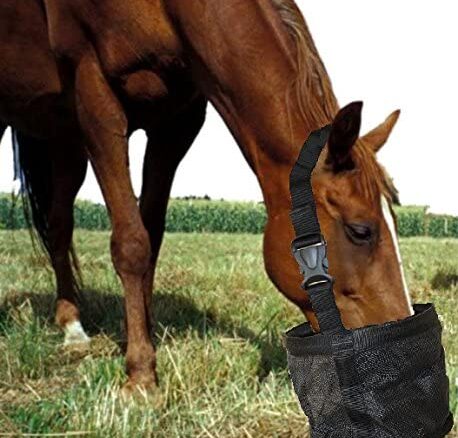Examining The Equine Gut Microbiome
The equine gut microbiome represents an extremely complex microbial ecosystem that is comprised of quadrillions of microorganisms. These microorganisms include bacteria, yeast, fungi and protozoa. Bacteria are thought to play the most important functional role. This microbial community not only impacts the equine digestive tract but also plays an instrumental role in immune and endocrine response, cognitive function and behavior.
Researchers have been working for many years to identify specific gut microbes and learn more about their functionality in order to further understand the role of the equine digestive system in both disease prevention and treatment.
“Studying the equine intestinal microbiome is important because horses are hindgut fermenters,” said Scott Weese, DVM, M.Sc., Dipl. ACVIM, a professor in the department of pathobiology at the University of Guelph’s Ontario Veterinary College. “Changes in the microbiome can result in diseases such as colic, colitis and laminitis, which are leading causes of morbidity and mortality in horses.”
Influential factors
Each horse’s gut is unique to them, with the microbiota structure beginning to take shape within the first few days of life. The overall gut microbiome is influenced by several factors, including age, genetics, diet, exercise, stress, body condition and the horse’s environment. Interestingly, the microbiomes of wild horses include a more diverse spectrum of microbiota than domesticated horses (Fig. 1). Beyond age, differences in housing and pasture habits, the composition of their feeding diets, contact with humans, veterinary healthcare and medication seem to be among the most influencing factors for equine microbiomes (Kauter, A., Epping, L., Semmler, T. et al., 2019).
At present, scientists believe that hindgut microbiota are largely responsible for:
- Fiber digestion and the breakdown of structural carbohydrates, such as those found in grass, hay, beet pulp and other forages. This process results in the production of volatile fatty acids, which are then converted to energy. Hindgut forage fermentation provides up to 70% of a horse’s energy requirements.
- Enhancing immune functions by helping to neutralize potential toxins and protect the horse from an overgrowth of pathogenic organisms. For example, an overabundance of Proteobacteria is reported to be associated with inflammatory intestinal diseases and dysbiosis, such as colic (Kauter, A., Epping, L., Semmler, T. et al., 2019). Imbalanced microbiota are also linked to other horse diseases, such as colitis, laminitis, equine gastric ulcer disease and equine metabolic syndrome.
- Promoting gut-brain connectivity, which influences behavior. In addition to protecting horses from pathogens, microbiota produce fatty acids (as noted above), hormones, cytokines and neurotransmitters. Through these various chemical pathways, microbes affect the equine mood.
- Focus on forage. Forage should make up the majority of your horse’s diet. Feed only high-quality hay and/or grasses, and offer free choice, if possible. The equine digestive system is designed for an almost constant, slow intake of forage, which helps to maintain proper hindgut pH levels. This is critical to influencing the abundance of good gut microbes, such as fiber-fermenting bacteria.
- Do not go overboard on grain. Some horses require more calories and nutrients than forage alone can provide, but grain is often high in sugar and starch, which is difficult for the hindgut to digest. This can have an adverse effect on pH and bacteria levels.
- Provide plenty of exercise. Activity helps to stimulate gut motility and can reduce the risk of impactions and gas buildup. Offer stalled horses the opportunity to be at liberty, ideally through daily turnout, in addition to regular work in your preferred form (e.g., riding or driving).
- Offer constant access to fresh, clean drinking water. Most horses will naturally drink what they need when given access to clean water. Chewing and digesting dry forage alone requires a lot of water but keeping enough fluid in their systems to keep ingested food moving is also crucial. If there’s not enough water present, these substances can dry up and block the further flow of food, leading to potentially fatal impaction colic.










